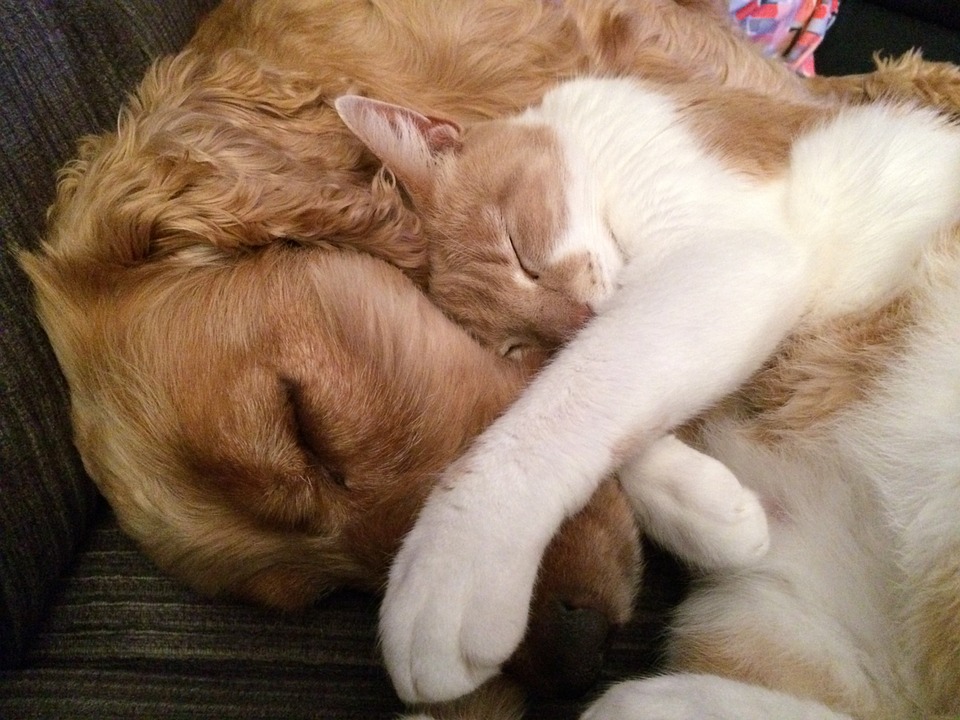
Verb agreement gets tricky when it comes to compound subjects. Lucky for you, then, we’ve prepared this guide to help you avoid grammatical errors. Check out our advice on the different types of compound subject to find out how to use them in your writing.
The subject in a sentence is typically the thing or person acting. In the following, for example, the subject is “cat,” since the cat is the thing performing the action. And because there’s only one cat, we use the singular verb “is” so that the verb and subject agree:
The cat is teasing the dogs.
If the subject were plural, however, we would use a plural verb instead:
The dogs are chasing the cat.
But what about a compound subject? In simple terms, this is a subject formed when we join two things with one of the conjunctions “and,” “or,” or “nor.” But whether we use a singular or plural verb with a compound subject depends on which conjunction we use.

You should almost always use a plural verb when you have formed a compound subject using “and.” For example:
The dogs and the cat are running around in circles.
As the sentence above shows, we even use a plural verb after a singular noun. This is because “the dogs and the cat” is treated as plural.
When you form a compound subject using “or” or “nor,” the correct verb form depends on the term closest to the verb. When this is a singular noun, we use a singular verb. For instance: